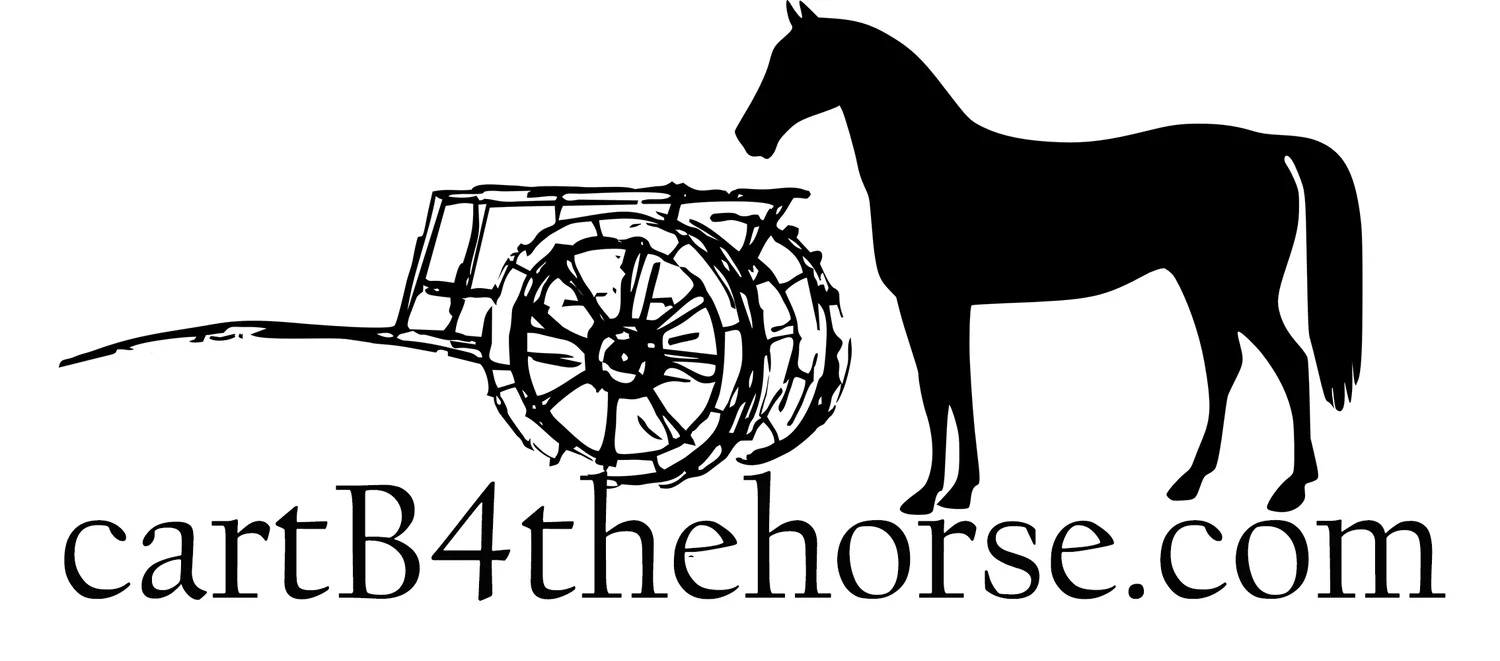Picture This: Frank Leslie
/In the age of the 24-hour news cycle when anyone can carry thousands of photographs in the palm of her hand, it’s hard to imagine a time when even one picture in a newspaper that came out weekly was a big event. When that day arrived in the United States, it was an Englishman who helped lead the way.
Art was in Frank Leslie’s soul. He was only thirteen when he drew a coat of arms for his hometown in England. The first newspaper to carry pictures was the Illustrated London News, whose initial issue, on May 18, 1842, carried drawings depicting Queen Victoria’s first masked ball. Leslie submitted drawings to the newspaper. Only twenty, he was quickly made the paper’s director of engraving.
Leslie came to America in 1848 to work, first for Gleason’s Pictorial in Boston. He learned how to divide a drawing into smaller wood blocks, allowing a platoon of engravers to finish in one day what one engraver might do in a month. Later Leslie worked for P.T. Barnum’s Illustrated News in New York City. When the latter folded, he launched his own publications, including Leslie’s Illustrated Newspaper, or Leslie’s Weekly, in 1855. Leslie’s hired such writers as Louisa May Alcott to write articles.
The paper’s chief competition was Harper’s Magazine. Founded in 1850, it became a weekly in 1857 and featured articles by such leading writers as England’s Charles Dickens and William Makepeace Thackeray and the noted American political cartoonist Thomas Nast. The two publications fought for readers for decades, particularly through the Civil War years.
One of the magazine’s in Frank Leslie’s publishing empire was his Lady’s Magazine. In the fall of 1871 its editor fell ill, and Miriam Folline Squier agreed to fill in for him. When the editor died, Squier took over the job full time. She had been born in New Orleans, traveled to Europe and settled in New York City. She spoke three languages, and her new boss found her attractive. He had divorced his first wife in England, and she divorced her second husband to marry the publisher in 1874. They embarked on a lavish honeymoon that crossed the country from New York to San Francisco. She wrote about it in a memoir called From Gotham to the Golden Gate. The trip, however, was partly responsible for placing Leslie’s publications in precarious financial waters. When he died in 1880, the magazines were $300,000 in debt.
Not only did Leslie’s widow return the magazines to profitability, she changed her own name legally to Frank Leslie in 1881. The name had become a virtual trademark. The “second” Frank Leslie understood what sold the magazine. When gold was found in the Klondike, Leslie’s Weekly brought the event to its readers, covering the stampede to the gold fields that drew Jack London and others.
In 1891 Leslie married the older brother of Oscar Wilde, but they divorced two years later. She sold her publishing interests in 1902. When she died in 1914 she left most of her fortune to Carrie Chapman Catt, a leader in the women’s suffrage movement, with the expectation that the money would be used to help bring women the right to vote. But the will was contested by her family.
Leslie’s Magazine continued to publish. As engraving gave way to lithography, color illustration came to the cover, providing opportunity for artists like Norman Rockwell. The magazine finally ceased to publish in 1922. By that time wood engraving and lithography was giving way to photography. Daily newspapers predominated., and radio in every home was just around the corner.
Sources
“Frank Leslie’s Weekly.” Accessible Archives. Online:
http://www.accessiblearchives.com/collections/frank-leslies-weekly/ Accessed 23 January 2017.
“Frank Leslie.” Wikipedia. https://en.wikipedia.org/wiki/Frank_Leslie. Acquired 23 January 2017.
“Harper’s Weekly.” Wikipedia. https://en.wikipedia.org/wiki/Harper's_Weekly. Acquired 24 February
2017.
“Miriam Leslie.” Wikipedia. https://en.wikipedia.org/wiki/Miriam_Leslie. Acquired 24 February 2017.
















